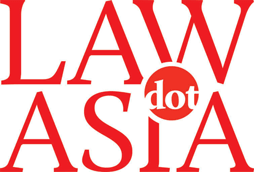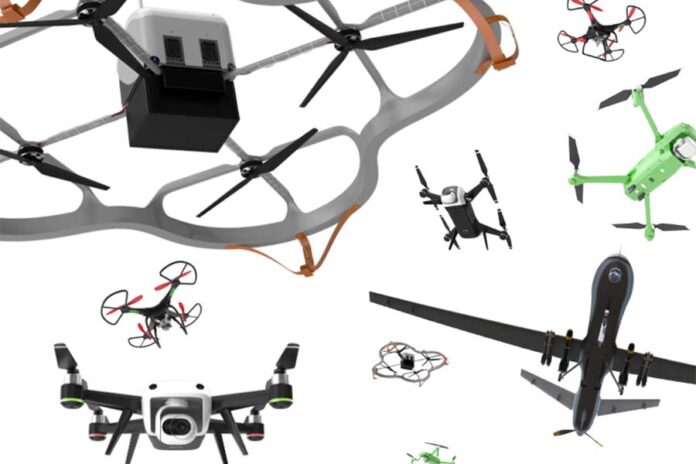The Civil Aviation Ministry has issued draft rules to ease drone ownership and usage regulations in the country. The Drone Rules, 2021, published on 15 July, was open for public consultation until 5 August and, once notified, will replace the Unmanned Aircraft System Rules (UAS), 2021, issued in March this year.
The 15-page draft, only about one-tenth of the size of the March rules, makes it easier to own and operate drones, and simplifies the certification process for manufacturers, sellers and users, rationalises the fees, and increases the coverage of drones under the rules from 300kg to 500kg.
The draft has reduced the number of permissions and authorisations needed by removing approvals such as a unique authorisation number, unique prototype identification number, certificate of conformance, certificate of maintenance, import clearance, acceptance of existing drones, operator permits, authorisation of R&D organisation, student remote pilot licence, remote pilot instructor authorisation, drone port authorisation, etc.
The draft classifies drones into five categories based on its maximum weight including the payload. Drones less than 250 grams are classified as nano drones; between 250g and 2kg as micro drones; 2kg to 25kg as small; 25kg to 150kg as medium; and the rest as large drones.
The rules mandate a unique identification number for all drones in operation, mapped to the unique serial numbers provided by drone manufacturers. According to the rules, manufacturers and importers of all drones weighing more than 250g and less than 500kg have to get an airworthiness certificate.
For drones being used for commercial purposes, or weighing more than 2kg, a remote pilot licence from an authorised training organisation will be mandatory. The minimum age to obtain this licence has been set at 18 years. Flying nano and micro drones for recreation does not require a pilot licence.
The government has defined three zones for drone operations:
. Green zones, where drone flying is unrestricted up to a height of 120 metres above ground level;
. yellow zones, where the airspace is restricted for drone use and requires permission from the air traffic control authority; and
. red zones, where usage of drones is not allowed, except under exceptional circumstances.
With the new rules, restricted areas (yellow zones) around airports have been reduced from 45km to 12km from the airport perimeter, creating more green zones for drone operators.
The government will publish an airspace map for drone operations, segregating the entire airspace of India into red, yellow, and green zones, with a horizontal resolution equal to or finer than 10 metres.
It will also set up a digital sky platform, which will allow users to register their drones and pilot licences, and access airspace maps.
The fees for issuing a certificate of airworthiness, unique identification numbers, and listing of remote pilot licence have been set at INR100 (USD1.30) each.





















